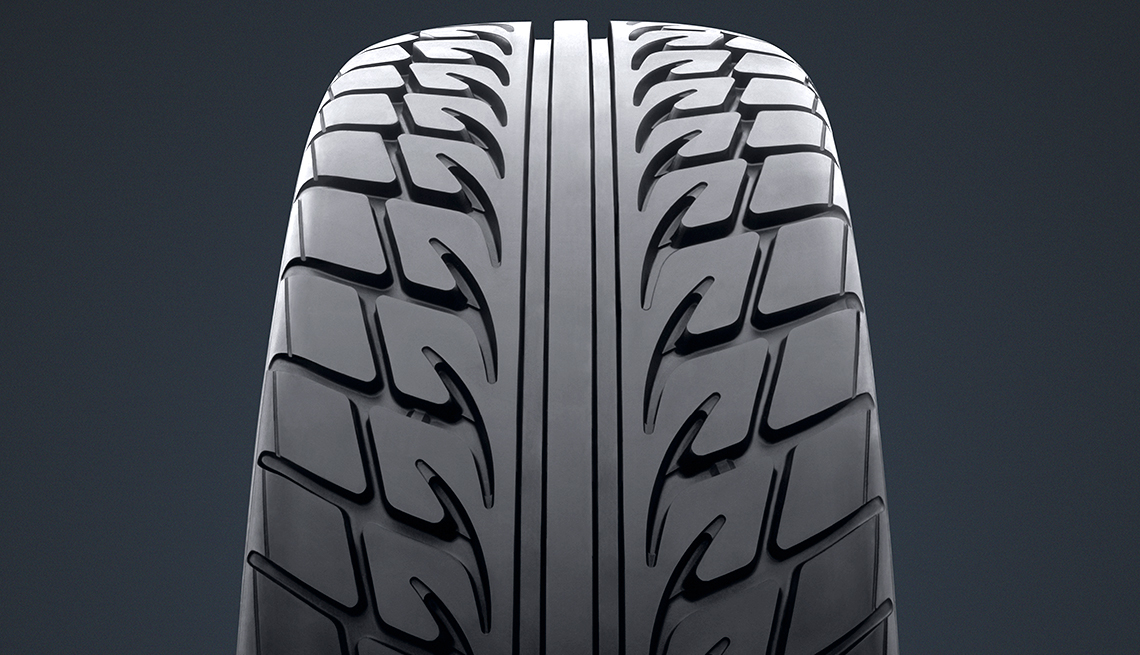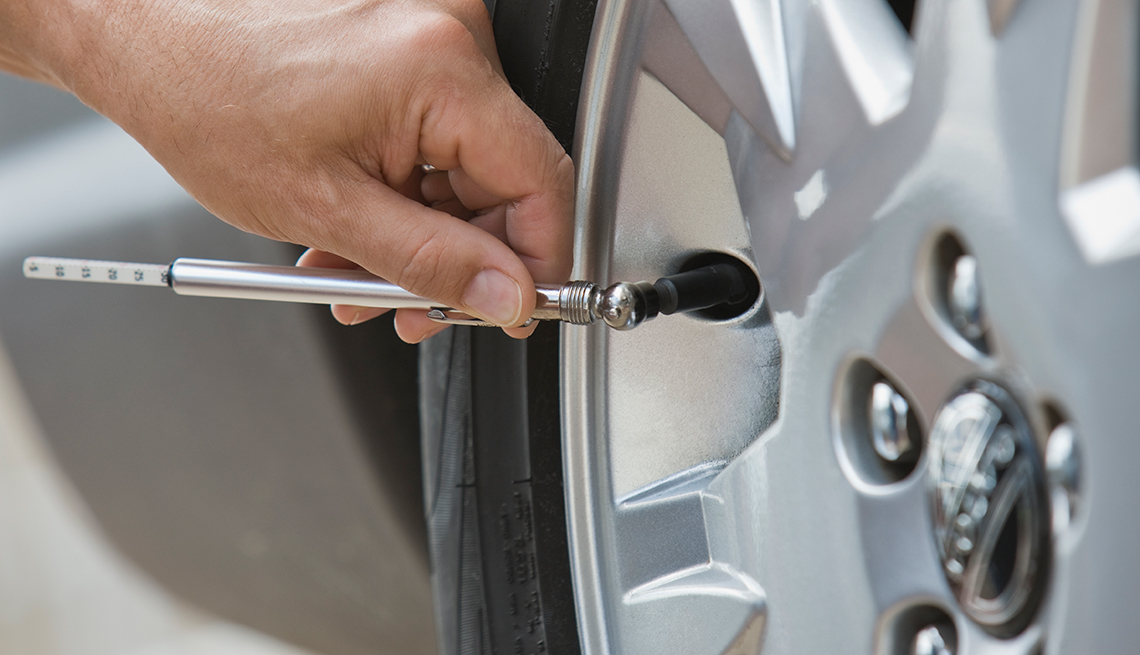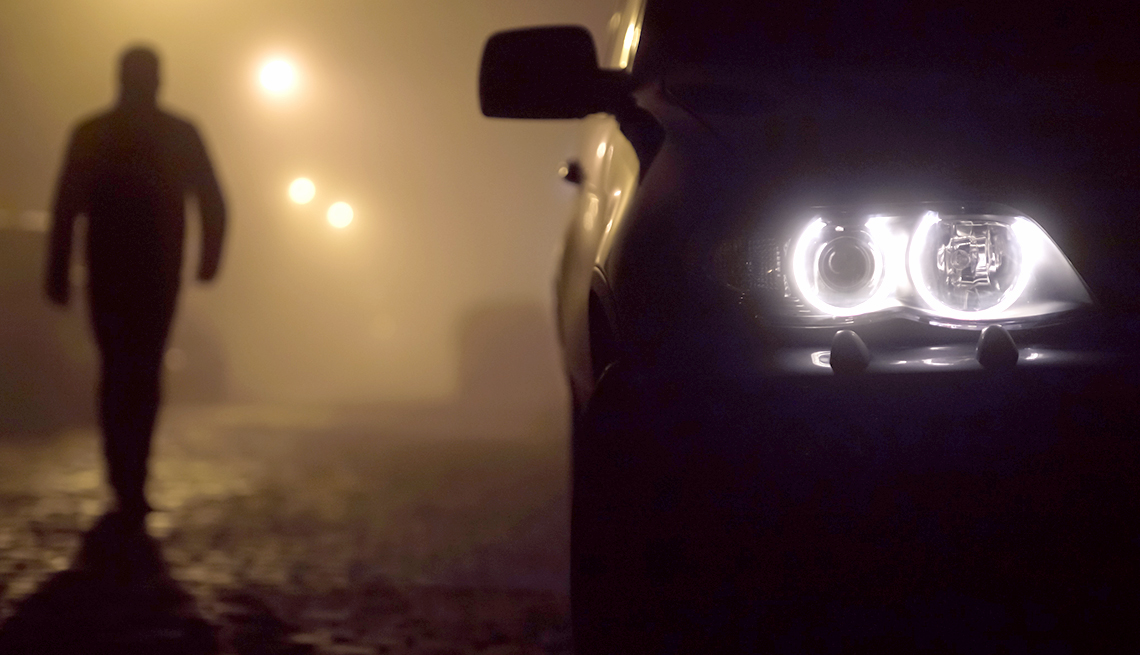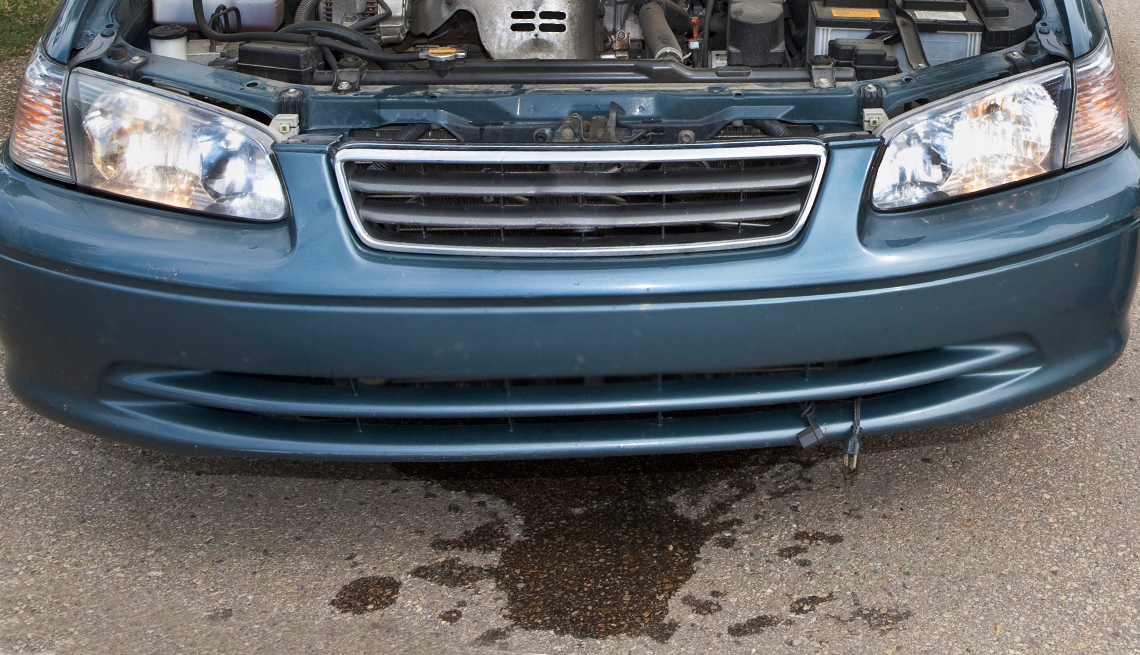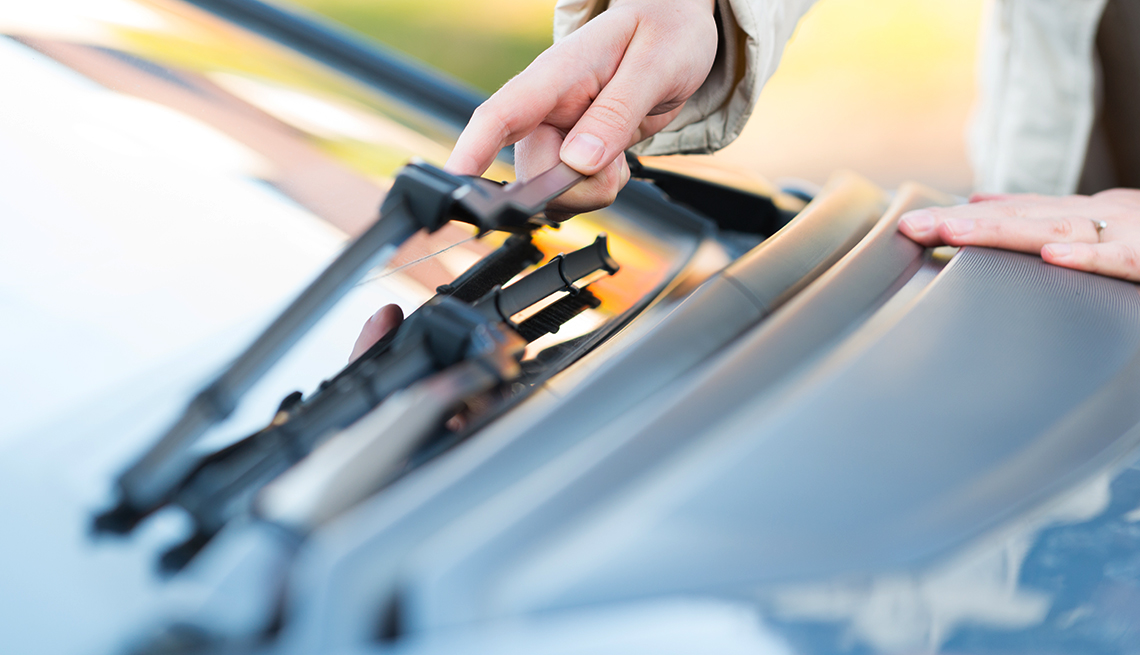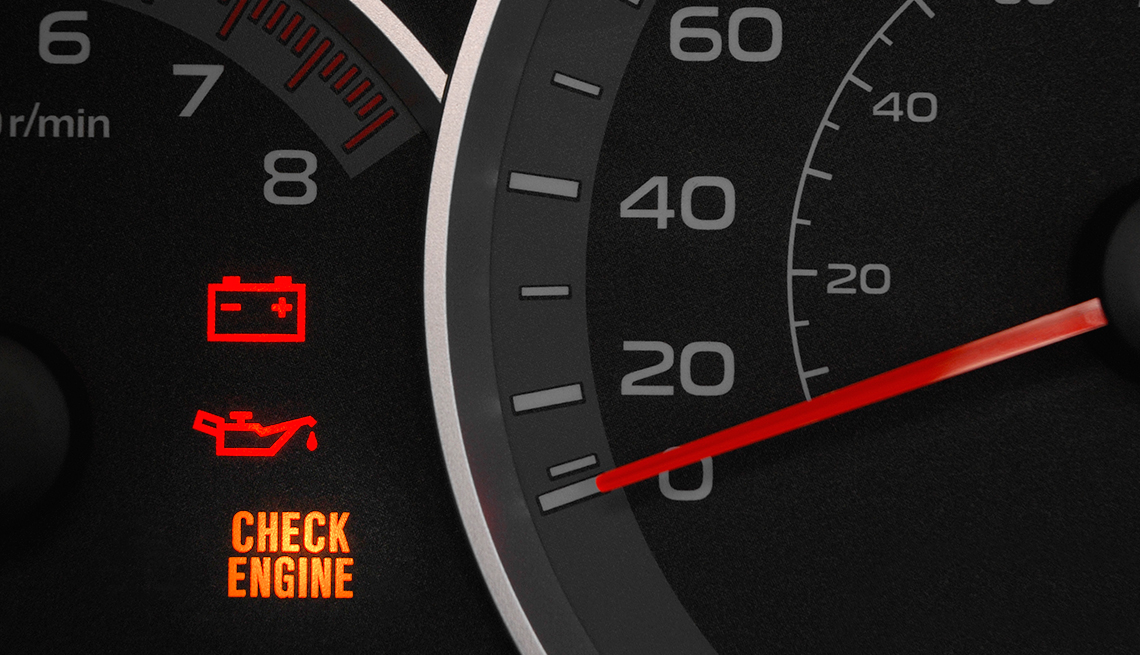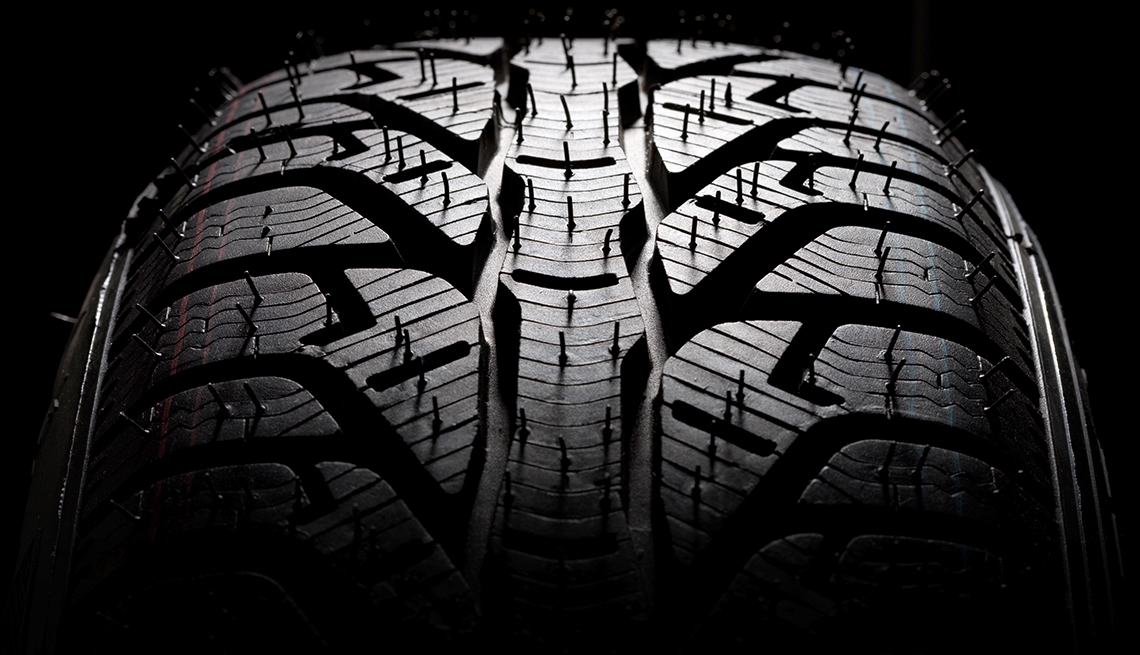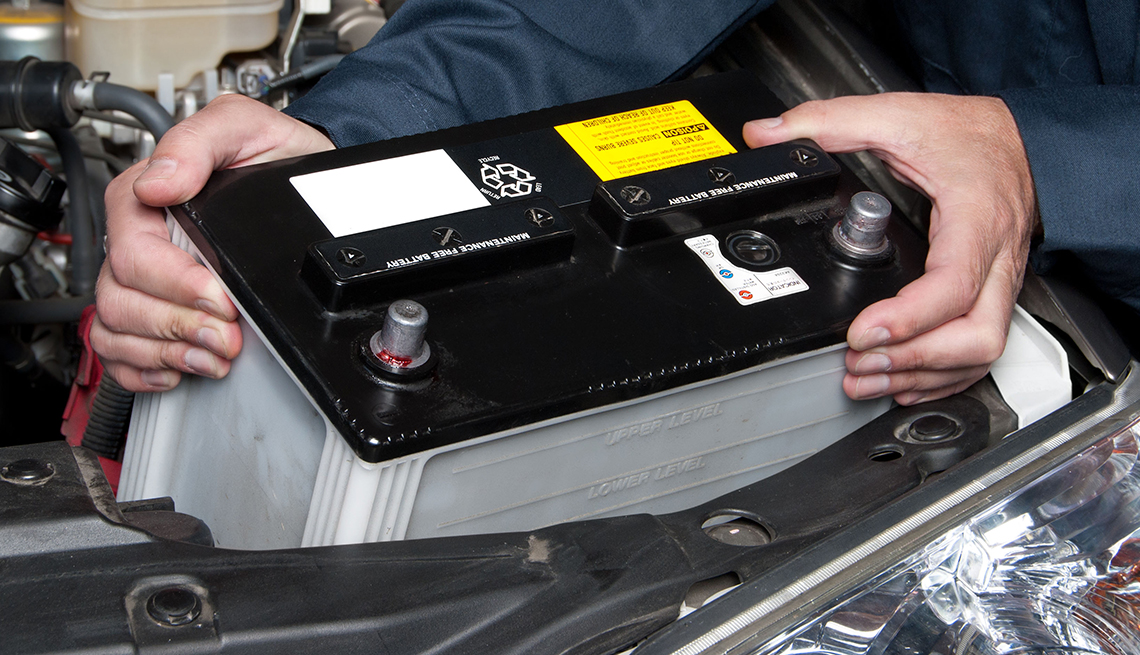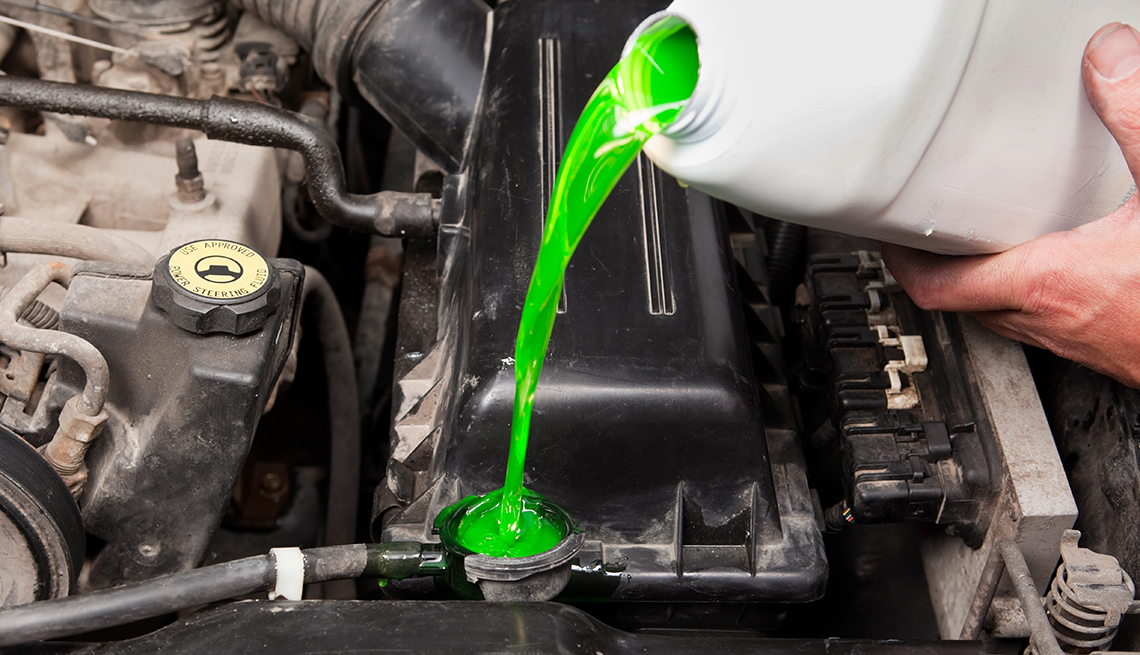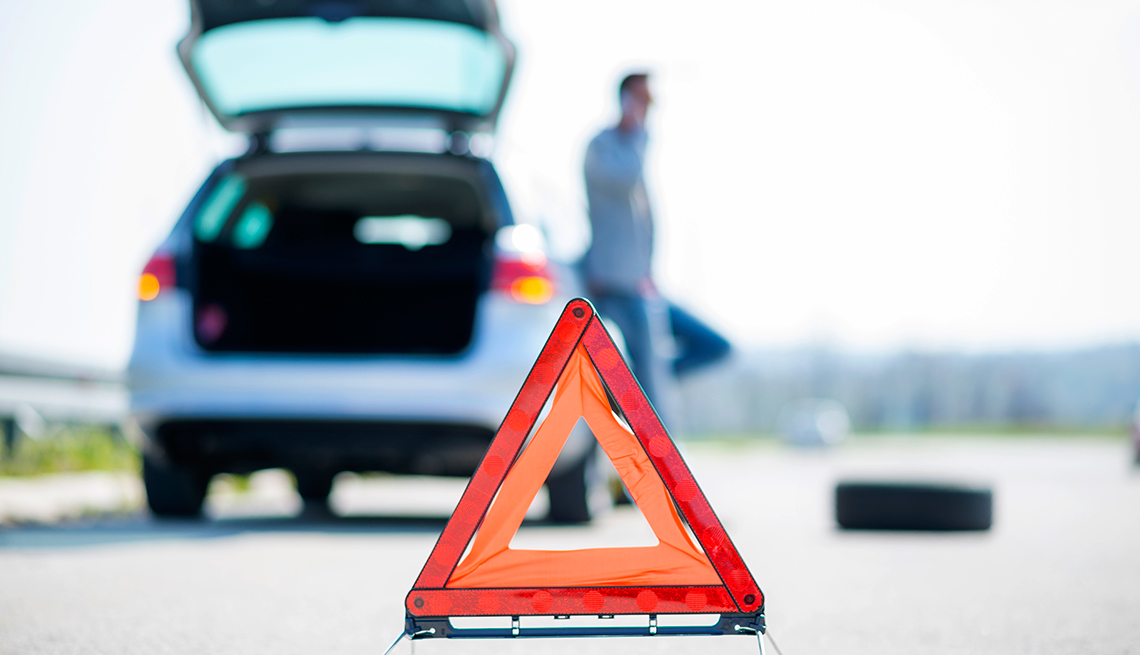Your Car-Safety Checklist
10 checks you can do yourself, on cars old and new
by James R. Healey, AARP, April 18, 2017
- |
- Photos
-
- 1 of
PHOTO BY: Andy Grimshaw/Gallery Stock
En español | Don’t just jump in your car and drive off. Get into the habit of making sure everything is in order.
The Federal Trade Commission, in a report on auto safety and maintenance, says, “You can detect many common vehicle problems by using your senses: eyeballing the area around your vehicle, listening for strange noises, sensing a difference in the way your vehicle handles, or even noticing unusual odors.”
Here are 10 safety checks you can perform. The first five are suggested when your car is new — that is, still under warranty. When the warranty has expired (typically around four years for many new cars), add the second five, which are aimed at out-of-warranty cars on which wear and age make safety issues more likely to crop up. -
- 2 of
PHOTO BY: Getty Images
Tires
Don’t rely on a look-see. Use a good tire gauge to check. Today’s radials always look a little flat because their tread mushrooms at the bottom for better road contact. And some vehicles use run-flat tires, which appear inflated even when low on air. Even new-car tires lose air over time. So pay special heed to the dashboard tire-pressure warning light and your own hands-on check with a tire gauge.
-
- 3 of
PHOTO BY: SHUTTERSTOCK
Lights
Even new cars can get faulty or burned-out bulbs. Flip on your lights when you’re in a garage or aimed at a wall or a parked car. If the lights work, you’ll see them reflected. Or get a friend to walk around the car while you operate the lights, including turn signals. Put the car into reverse — brake held firmly, of course — to be sure the backup lights work.
-
- 4 of
PHOTO BY: GETTY IMAGES
Leaks
A glance tells you if there are puddles or stains under the vehicle. On newer cars, it’s probably just harmless condensation from using the air conditioning. But it also could be a big safety concern if the leak is, for example, brake fluid, antifreeze or transmission fluid. If in doubt, get the car to your service shop.
-
- 5 of
PHOTO BY: GETTY IMAGES
Wipers
Turn ’em on. Do they work? Don’t forget the rear-window wiper if you’re driving an SUV or van, or one of the hatchback sedans that has a back-window wiper. Squirt washer fluid onto the glass as the wipers move, to make sure they clear the glass and don’t just make a smeared mess. Wipers can age fast, especially on cars kept outdoors.
-
- 6 of
PHOTO BY: ISTOCK
Warning lights
When you turn the key, dashboard warning lights shine briefly, then wink out. But if one stays on, something’s wrong with the system it’s checking, and you probably need a repair shop. Among systems monitored: airbags, antilock brakes, tire pressure, lane-keeping and brake assist. Worth heeding are service reminders and the “check engine” light, which could signal something as simple as a loose gas cap.
-
- 7 of
PHOTO BY: Getty Images
AARP Offer: Keep Life Fun and Your Calendar Full
Sign up for the AARP Lifestyle Newsletter to find out about new movies, great games and travel ideas each month.
By joining AARP today, you can also save on movie tickets, restaurants, airfare, hotels and more and have even more fun! -
- 8 of
PHOTO BY: ISTOCK
Tire tread
You’re already careful about the pressure, but now that the rubber has some miles on it, don’t ignore the tread. Put a quarter upside down into the groove. If all of Washington's head shows, you’ll need new tires soon. Or buy a tread-depth gauge at an auto parts store. A depth of less than 1/8 of an inch is unsafe — and potentially illegal in most states.
-
- 9 of
PHOTO BY: GETTY IMAGES
Steering
Steering systems can develop problems over time. Fortunately, there’s a dashboard warning light for the steering system. Electric power steering is becoming common, eliminating some problems with hydraulic fluid and drive belts. Cars with traditional, nonelectric power steering can leak fluids or squeal if the belt is loose or worn.
-
- 10 of
PHOTO BY: Joe Belanger/Alamy
Battery
New car batteries usually need replacing by the time they hit their fourth year, or about when most new-car warranties end. If the car sits outside in extreme weather, it could die sooner. Best you can expect is five or six years, says Yourmechanic.com. A dead battery means your car won’t start, possibly leaving you stranded in an unsafe place or situation.
-
- 11 of
PHOTO BY: ISTOCK
Fluids
Dealers typically check those when the car’s in for routine service. When the warranty expires, you might use a different shop. Be sure the fluid checks still take place and include windshield washer fluid, brake fluid, transmission fluid, coolant and oil. If you wish, you can check the oil level, automatic transmission fluid and washer fluid levels yourself. The owner’s manual tells how.
-
- 12 of
auto safety checklist - Roadside assistance
Roadside assistance
It probably came with the car and lasted until the warranty expired. Now that the warranty is over, get your own roadside assistance service to help prevent being stranded in bad weather or the middle of nowhere. The plans send help if, for example, you run out of gas, have a flat, or need a jump start or tow. Coverage is available via your auto insurance policy or from others, including AARP at aarproadside.com.

